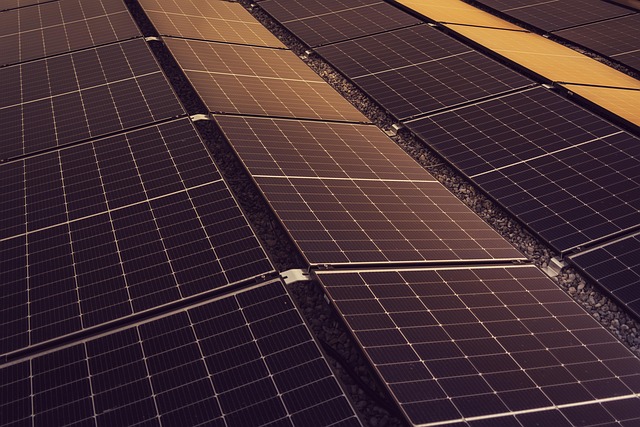In a rapidly changing world where every action has a ripple effect, the need for optimal resource utilization has never been more pressing. Striving for sustainable development is not just an ideal; it’s a necessity for ensuring the well-being of future generations. Each of us carries an ecological footprint that can either harm or heal our planet. By maximizing efficiency in how we use our resources, we can significantly reduce this footprint.
What does it mean to achieve sustainable development? It involves creating a balance between meeting our current needs without compromising the ability of future generations to meet theirs. This balance is crucial as we navigate the challenges posed by climate change, dwindling resources, and a growing population. Green technologies emerge as a beacon of hope in this pursuit. From solar panels to wind turbines, these innovations provide us with the tools necessary to harness energy in ways that minimize waste.
Implementing green technologies allows industries and households alike to conserve energy, reduce emissions, and transition towards a carbon neutral future. The shift to renewable energy sources not only enhances optimal resource utilization but also fosters energy independence and reduces reliance on fossil fuels. This transformation is essential to curbing our ecological footprint.
Moreover, businesses can incorporate sustainability into their operations by optimizing their supply chains. By reducing material waste, enhancing energy efficiency, and improving logistics, they can achieve both cost savings and a lower carbon footprint. This strategic focus on efficiency opens doors to innovative practices that align profit with purpose.
Individuals can also play an integral role in promoting sustainable development through everyday choices. Simple actions such as reducing waste, recycling, and choosing energy-efficient appliances contribute to the broader goal of carbon neutrality. When we make conscious decisions about how we consume, we not only lower our ecological impact but also inspire others to follow suit.
Communities that band together to support sustainability initiatives often see a larger impact. By advocating for local green projects, such as community gardens or clean energy cooperatives, residents can empower one another while strengthening their local economy. These collective efforts magnify the effects of individual actions, amplifying our potential to create lasting change.
The path to sustainable development and carbon neutrality is paved with opportunities for optimal resource utilization. As we explore the landscape of green innovations and efficiencies, we find ourselves better equipped to protect our planet. The journey may be complex, but each step we take towards maximizing efficiency draws us closer to a thriving ecosystem where harmony between humanity and nature is not just a goal, but a reality worth pursuing. Embracing this new way of thinking will not only enhance our quality of life but also ensure a healthier planet for generations to come.




